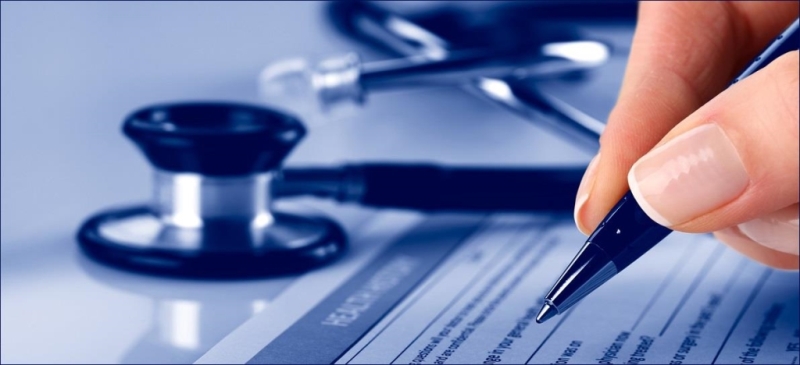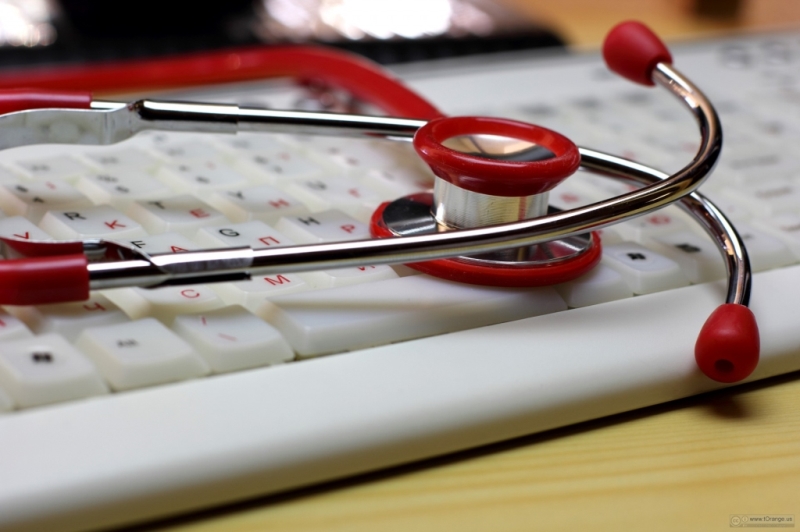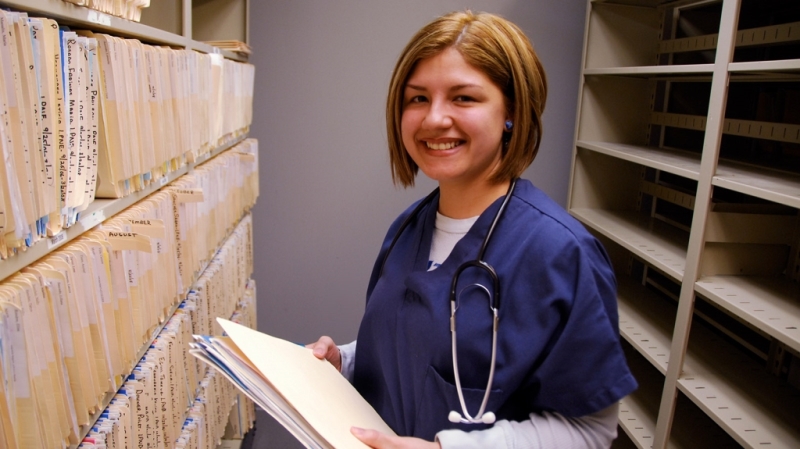Unlock Your Future with Medical Billing and Coding Certificates: Everything You Need to Know
Introduction:
In today’s ever-evolving healthcare industry, the demand for skilled medical billing and coding professionals is at an all-time high. Medical billers and coders play a crucial role in ensuring that healthcare providers are accurately reimbursed for their services and that patient information is coded correctly for insurance purposes. If you’re considering a career in the healthcare field but prefer a behind-the-scenes role, pursuing a medical billing and coding certificate may be the perfect path for you.
What is Medical Billing and Coding?
Medical billing and coding is the process of translating healthcare services into universal medical codes. Medical coders assign codes to diagnoses and procedures, while medical billers use these codes to create insurance claims and process payments from patients. This essential process ensures that healthcare providers receive proper reimbursement for their services and that patients are billed accurately.
Benefits of Obtaining a Medical Billing and Coding Certificate:
– High demand: The healthcare industry is continually growing, leading to a high demand for qualified medical billing and coding professionals.
– Competitive salary: According to the Bureau of Labor Statistics, the median annual wage for medical records and health information technicians was $42,630 in May 2019.
- Flexible work options: Medical billers and coders can work in various healthcare settings, including hospitals, clinics, insurance companies, and remote positions.
– Career advancement: With experience and additional certifications, medical billing and coding professionals can advance to supervisory roles or specialize in areas such as auditing or compliance.
How to Obtain a Medical Billing and Coding Certificate:
1. Research accredited programs: Look for programs that are accredited by the American Health Information Management Association (AHIMA) or the American Academy of Professional Coders (AAPC).
2. Enroll in a certificate program: Choose a program that covers medical terminology, anatomy, and coding systems such as ICD-10-CM and CPT.
3. Complete coursework: Participate in classes covering insurance processing, billing software, and coding guidelines to gain practical skills.
4. Obtain certification: After completing your program, consider obtaining professional certifications such as Certified Professional Coder (CPC) or Certified Coding Specialist (CCS).
Practical Tips for Success:
– Stay updated on industry changes: Medical billing and coding standards are continually evolving, so it’s essential to stay informed on the latest updates.
– Practice hands-on coding: Coding accuracy is crucial in this field, so practice assigning codes to real-life medical cases to hone your skills.
– Network with professionals: Join industry organizations or attend networking events to connect with other medical billing and coding professionals and learn about job opportunities.
Unlock Your Future:
Obtaining a medical billing and coding certificate can open the door to a rewarding and stable career in the healthcare industry. With the right education, certifications, and practical experience, you can embark on a successful career path as a medical billing and coding professional.
pursuing a medical billing and coding certificate can lead to a fulfilling career with numerous opportunities for growth and advancement. If you have a passion for healthcare and attention to detail, consider unlocking your future with a medical billing and coding certificate today. Start your journey towards a successful career in the healthcare field and make a positive impact on the lives of patients and healthcare providers.



